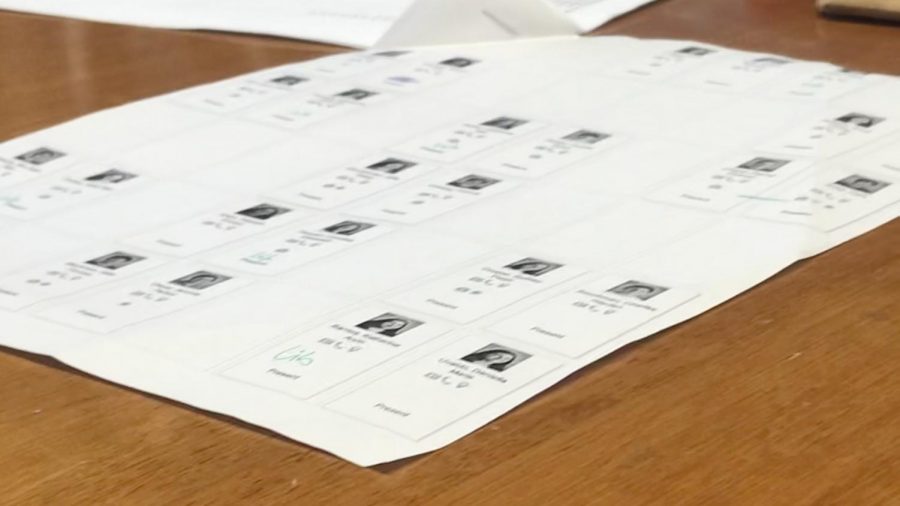MHS Should Bring An End to Routine Assigned Seating
While assigned seating is warranted in certain circumstances, high schoolers should be entrusted with greater independence.
Photo Courtesy of Fatimah Khan
The dreaded seating chart that dictates students assigned seat placements.
December 31, 2021
It is the beginning of September, and a new school year beckons. You arrive in class, excited to see your friends and sit next to them. But suddenly, everyone is seated according to the teacher’s seating chart. Maybe the seating chart follows an alphabetical scheme; maybe it was constructed based on the movement of the stars in the sixteenth century. But whatever the rationale for the chart’s organization, its consequences are obvious. You will not be doing classroom group work with your friends. Perhaps in the context of an especially anxiety-producing class, you will not have the easy reassurance of a nearby friend’s glance. Your life has just become that much more unsettled.
With COVID-19 numbers rising, now is not the time to forgo assigned seating. Darren Bosch, an MHS English teacher explains, “Over the last year, this has been required so that COVID contact tracing can be done. When a student or teacher tests positive, we need to know who was sitting next to that student and for how long.”
Of course, assigned seating occasionally occurred before COVID-19 appeared, and some of it will have to continue after the pandemic ends. For example, some students may need to sit closer to the front of the room so they can adequately see the board or hear the teacher. Mr. Bosch adds, “Teachers are also often required to seat students in specific locations as specified on the students’ learning plans.” Assigned seating that occurs for such reasons is done on an individual basis in response to a particular student’s needs.
In a pre- and post-COVID world, assigned seating makes more sense in elementary and middle school. Younger children are less likely to be able to follow directions and pay attention if given the choice to sit next to their friends. They can be easily distracted, and placing their friends within arm’s reach may be more of a temptation than they can resist. But routine assigned seating in high school? It is almost insulting to feel that we might be preemptively regarded by some teachers as problems that have to be solved.
Of course, not all MHS students resent assigned seating. Some even like it. Rohan Gupta (‘23) appreciates that assigned seating can thwart students who might otherwise disrupt the class by talking with their friends. He also notes that “assigned seating allows you to meet and interact with more people from different backgrounds.” A final point he makes is that with assigned seating, “students without friends don’t feel left out.” Gupta is thus asserting that assigned seating can create an atmosphere of openness and inclusiveness. These are valid merits of assigned seating, but perhaps there are other ways for teachers to bring about those results. For example, maybe some, but not all, group projects could be assigned to sets of students that are selected by the teacher. But mandating assigned seats for each class day seems like an excessive measure to encourage friendliness.
Rowel Jimenez (‘23) sees the value of a hybrid approach. He says it could be useful to “have teachers pick people and see how … [the] dynamics go [between group members]. If they wind up working well together, then they will pair themselves with each other when given the option next time.” Jimenez himself does not mind being assigned into particular groups, “because I like talking to new people when given an introduction.”
I agree that under certain circumstances, assigned seating is warranted. But even so, one solution for that difficulty could be for teachers to assign, say, alphabetical seating for the first couple of weeks of the year, and then revert to a policy of allowing students to choose their seats. In the long run, it is simply more respectful of students for teachers to allow them to sit where they like, and work with whomever they like. Then, if a particular student abuses that privilege, that student’s right to sit where they prefer could be revoked for the rest of the marking period.
We all have a tendency to live up to, or live down to, expectations. In the future, maybe if teachers do not start out non-COVID-defined school years with routine assigned seating, then students will be more likely to show themselves deserving of greater independence throughout the year. For both students and teachers, this would be an outcome to celebrate.






